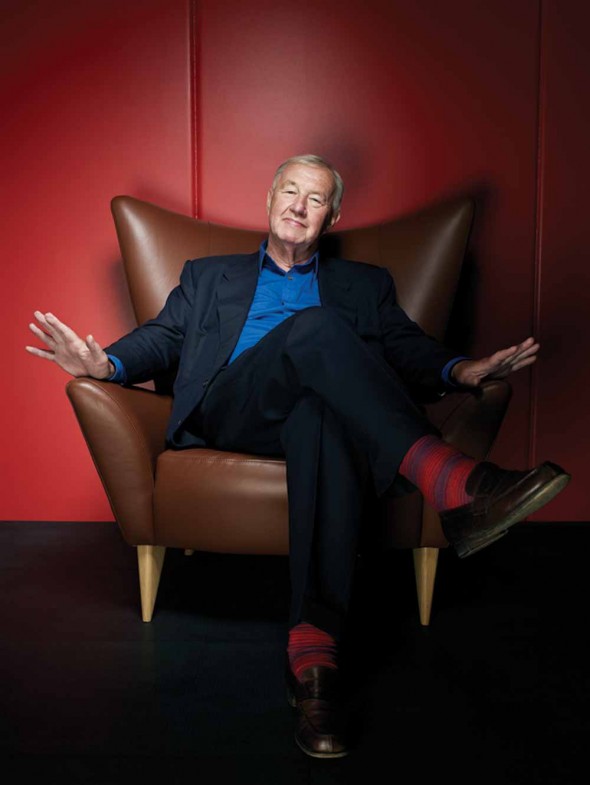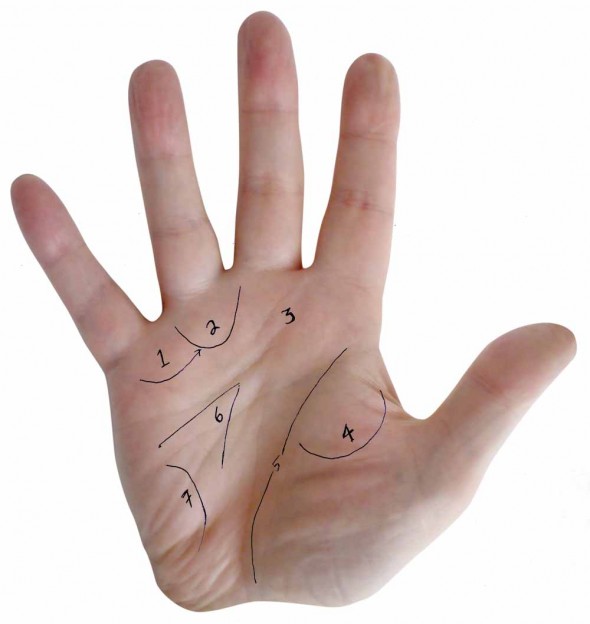
The design pioneer offers a simple idea that beautiful items should be useful, and useful items should be beautiful
Sir Terence Conran, 77, is more than a designer or entrepreneur. His career, spanning over 50 years, includes far too many accomplishments to chronicle here. Early highlights include Conran & Company, a furniture-making business run out of a Notting Hill basement, and a shop interior for British fashion designer Mary Quant. Quant later designed employee uniforms for the ground-breaking of Conran’s acclaimed, U.K. home furnishing retail store, Habitat. Sir Terence, knighted in 1983, became a prolific restaurateur, authored more than 30 books on design, and strived to establish London’s Design Museum in 1989. He continues to design and promote affordable, useful products and while his restaurant group is currently up for sale, he still oversees The Conran Shop as well as an architecture and design group; and has more than a few tricks left up his bespoke sleeves.
You’ve founded so many businesses; you must like being the boss?
Looking back, it has mostly been frustration that made me start things. My early days as a designer were extremely difficult and I could not get any work. I wanted to create things and make furniture, but I found out that retailers were hopeless at selling modern furniture. So I started Habitat. I have always felt that if you do something yourself, you will actually have a better chance of seeing it through.
Do you view the role of “designer” as a problem solver?
Absolutely. That is exactly how designers need to see themselves. Because design is all around us, in the shape of our houses and the arrangement of our interior space, in the way we entertain ourselves and the ease with which we move from place to place. Design should make our lives easier and more comfortable, not add unnecessary complications.
What’s your perception, or characterization, of a design identity for the United States?
American design has had a profound influence on my own career. Charles and Ray Eames, in particular, filled my early years with inspiration and ideas. They seemed to capture a spirit of innovation, creativity and revolution that has always inspired me. But today, although there are clearly some talented designers and architects working there, I think America is more oriented to European design. Perhaps American designers have become more interested in working on identity and branding rather than products or furniture? Just go to High Point and see what I mean. Of course, Jonathan Ive at Apple is a huge exception to this, although we proudly claim him as one of our own.
Describe your personal, design taste.
I’m a plain, simple and practical sort of fellow. What I’ve done all my life, and continue to do, is design and promote affordable, useful products. The belief that my generation had is that design can improve the quality of life for everybody. Perhaps I’m too much of a Fabian purist to see furniture as art. Because good design gives you pleasure and improves the quality of life through products or buildings that work well, are affordable and look beautiful. As Corbusier said, “Good design, really, is simply intelligence made visible.”
What is bad design?
If something has been designed badly, it will be immediately apparent because it will not work properly, it will not look quite right and will age badly. Ultimately, bad design will give you very little lasting pleasure. Good design, on the other hand, is simply 98 percent common sense. What makes the subject so interesting is the other two percent, the aesthetics. Many products are perfectly good, but those with that extra two percent have a magic ingredient that places them in another category altogether, so special that everybody wants to own it.
What do you view as your most positive, personal quality?
I do like to think that I have always had the confidence and the courage of my convictions to go out there and do things that I believed in when others said it wouldn’t work. And I can honestly say my gut has served me well. I’ve come to trust it implicitly.
-Michael Cohen

Reading by Lena, who has no idea this palm belongs to Sir Terence Conran
1. Remarkably disinterested in money. Just wants enough that people will leave them alone to get on with whatever they want to get on with.
2. This person is not particularly invested in fame or fortune—they simply want to be allowed to live their life in their own style without being hassled about it or interfered with.
3. Deeply romantic, but not traditional. Once this person has given their love, it does not go away again—they will never fall OUT of love—no matter how often they fall IN love.
4. Will have difficulty convincing their family that what they do is valuable. They come from a highly material and practical family that does things linearly, which they do not.
5. Of a somewhat delicate physical constitution early in life, becoming more robust in mid life once they find out what they are “for.”
6. Wildly imaginative, with multiple projects all going on at the same time in varying stages of completion.
7. Off the scale intelligence, but you won’t necessarily know it unless you can follow their conversation that takes place on three tacks at once and see that it all synergizes.

